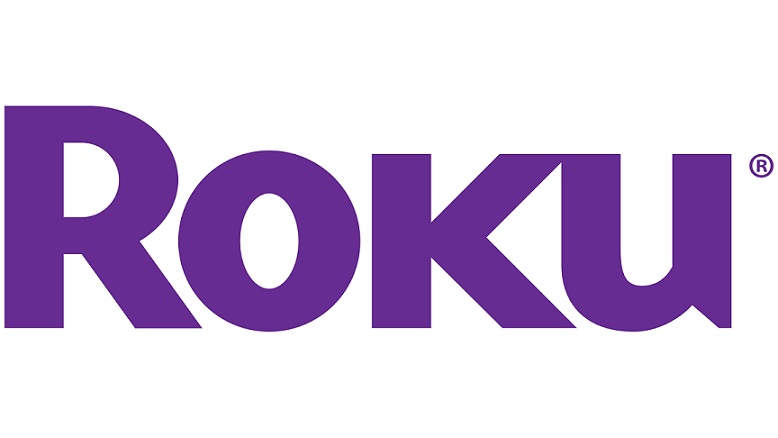Findings from Hub’s new study “Voice Control: The Future Speaks” show that nearly all consumers have used voice commands to control at least some devices. But there are still roadblocks to voice control becoming the default method of tech interaction – chief among them, concerns about privacy.
Voice command is commonplace among consumers. Four in five (83%) consumers ages 16 to 74 say they have used voice command to control one or more devices: smartphones, tablets, smart speakers, TV sets, computers, or in car technology. And almost two thirds (62%) use voice command with at least one of those devices “all the time’ or ‘regularly.’
But even enthusiastic users are concerned about privacy.
Fifty-three percent of regular users say that privacy concerns are on their mind when using voice commands. This is lower than in our previous study in 2019 (59%), but still represents a majority of users.
Big privacy concerns are whether devices are listening even when not asked to (38% are very concerned), and concerns about personal data voice-controlled devices might be collecting (39%).
While these were also major concerns in our 2019 study, the level of concern has dropped. In 2019, 46% of regular users were very concerned about unwanted listening, and 48% about data collection.
While reliance on connected TVs as aggregators of video content is climbing, adoption of voice tech to control television has yet to click. Only one in five consumers (20%) say they use voice commands with TVs, TV remotes, or TV-connected devices. And voice commands in these cases are used more often to search for programs or movies and less often for device control such as volume adjustments or controlling playback (play/pause/stop).
Among non-users of TV voice command, two in five (42%) say they have a TV-voice-capable device but just don’t use it. Why? Most just don’t think about it (32%), or are used to not using voice commands for TV (30%).
Among users, satisfaction with the performance of TV-related voice commands is high, with almost all (93%) of users saying they are “very” (53%) or “somewhat” satisfied (40%). This indicates that if the industry can get people to sample TV voice commands, consumers are likely to enjoy the experience.
“Voice command is here to stay, and very likely will end up being the main way we interact with our media choices,” said David Tice, senior consultant to Hub and co-author of the study. “But there are hurdles to overcome – some as simple as getting people to try it, and some as complex as assuaging consumer privacy fears. As we often see with new tech, consumer education is needed throughout the adoption cycle.”
Hub’s “Voice Control: The Future Speaks” report is a survey of 2,500 US consumers aged 16 to 74. Interviews were conducted in late November and early December 2021. A free excerpt of the findings is available on Hub’s website. This report is part of Hub’s Entertainment + Technology Tracker syndicated report series.





